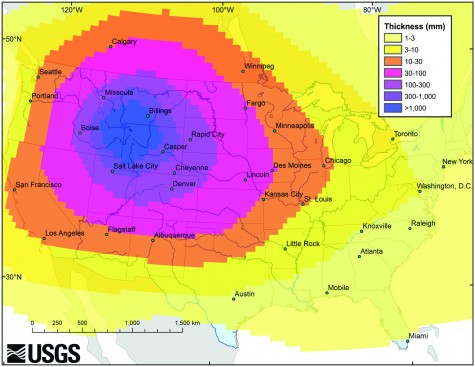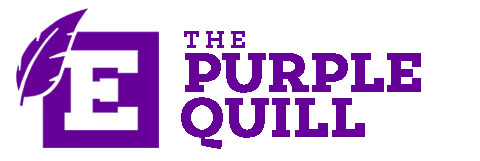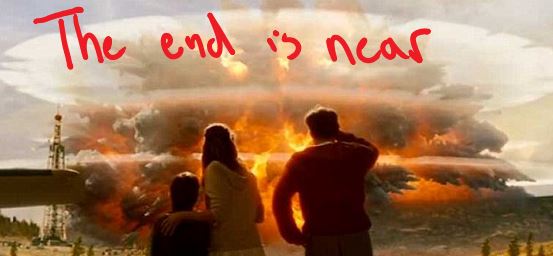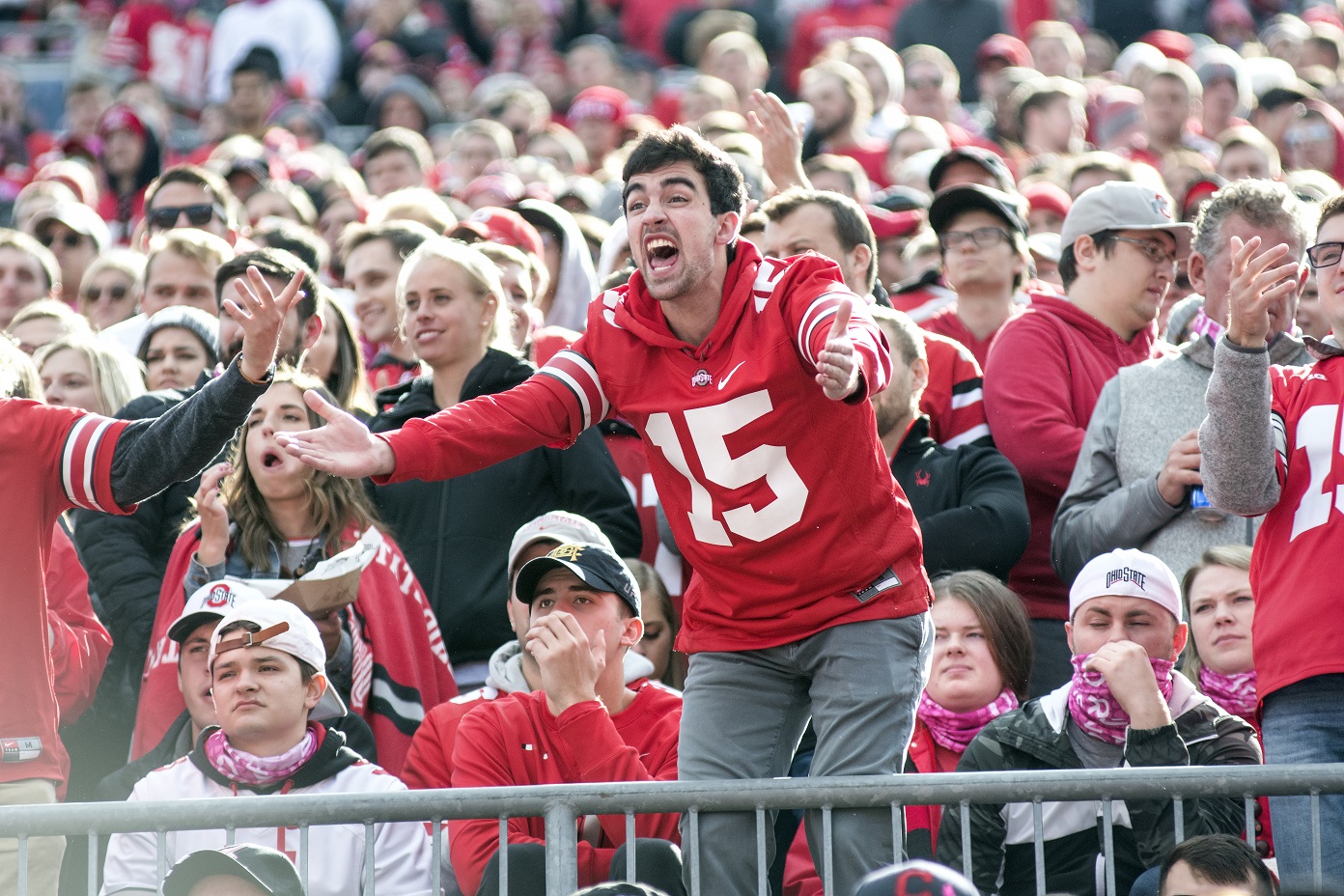Yellowstone could erupt in a doomsday event
Yellowstone National Park, where do you begin?
I’ll start by saying it’s one of the most breathtaking places I’ve ever witnessed. The huge park is home to an assortment of animals and geographic landmarks. Don’t get too carried away because all that beauty comes with a price. Little do tourists know that when they visit the park and gaze at the geysers they are looking at the biggest ticking time bomb in history.
Many of you may have heard of the magma reserves under the park and are aware of the threat. But a recent study reveals that there may be even more magma at Yellowstone than previously thought.
Scientists already knew of a large magma chamber under Yellowstone that fed the eruptions 2m, 1.2m and 640,000 years ago. The new study, published in the journal Science, revealed a second, deeper reservoir that is 4.5 times larger.
“The existence of the second magma chamber does not make it any more or less likely that a large volcanic eruption at Yellowstone will occur. These findings do not change the current volcanic hazard at Yellowstone,” said University of Utah seismologist Jamie Farrell. “However, these new findings do provide us, and other researchers, the information needed to gain a better understanding of how magma moves from the mantle to the surface.”
Underneath the national park’s attractions and walking paths is enough hot rock to fill the Grand Canyon nearly 14 times over. Most of it is in a newly discovered magma reservoir, which scientists from University of Utah featured in a study published on Thursday in the journal Science.
So we’re all gonna die and we should start preparing right? Not so fast. An eruption in the next few thousand years is extremely unlikely, the USGS says. The Utah scientists put the yearly chance at 1 in 700,000 — about the odds that you will be struck by lightning.
So it’s no wonder scientists have been keeping an eye on the park. After running some tests they have found the actual dimensions of the magma below. The upper chamber, is closest to the surface, is 2,500 cubic miles in volume and measures about 19 by 55 miles. The lower reservoir, which has a volume of 11,200 cubic miles, measures about 30 by 44 miles and is about 16 miles thick.

US Geological Survey map showing magma thicknesses extending out across the states from the national park.
Scary stuff right? Well the students here at Elder don’t seem very worried. Junior Mitch Ward commented on the matter saying, “Yellowstone is a beautiful place and it’d be a shame for it to blow. It’s a scary thought but I’m not worried in the slightest. Why would I be?”
I then asked Mitch if he’s done any doomsday prepping in this life and responded with chuckle and firm “No.”
Junior Sam Barsan isn’t too worried either. “I relate it to aliens attacking us. Maybe it’ll happen in the future but that doesn’t affect the way I get up and live my life every day. I’ll deal with it when it happens until then I don’t care,” said Barsdan.
I asked Sam if he preps for doomsday and he responded with, “Are you kidding me?” I took that as a no. Bold words from the junior.
In some fashion Sam is right. We don’t need to be really worried about it right now. We should take tiny steps to prepare and don’t let it affect our lives. The end may be near! But it probably isn’t.









